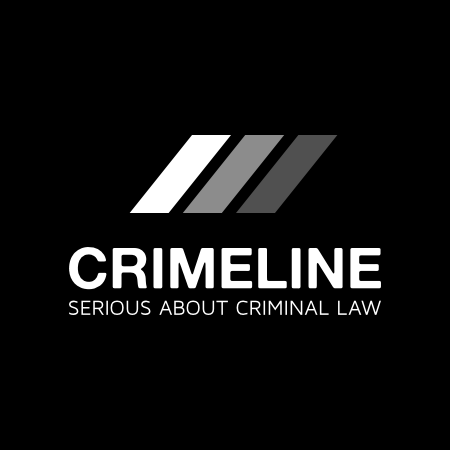Legislation – Illegal Migration Act 2023
Duty to make arrangements for removal
2Duty to make arrangements for removal
(1)
The Secretary of State must make arrangements for the removal of a person from the United Kingdom if the person meets the following four conditions.
(2)
The first condition is that—
(a)
the person requires leave to enter the United Kingdom, but has entered the United Kingdom—
(i)
without leave to enter, or
(ii)
with leave to enter that was obtained by means which included deception by any person,
(b)
the person has entered the United Kingdom in breach of a deportation order,
(c)
the person has entered or arrived in the United Kingdom at a time when they were an excluded person within the meaning of section 8B of the Immigration Act 1971 (persons excluded from the United Kingdom under certain instruments) and—
(i)
subsection (5A) of that section (exceptions to section 8B) does not apply to the person, and
(ii)
an exception created under, or direction given by virtue of, section 15(4) of the Sanctions and Anti-Money Laundering Act 2018 (power to create exceptions to section 8B) does not apply to the person,
(d)
the person requires entry clearance under the immigration rules, but has arrived in the United Kingdom without a valid entry clearance, or
(e)
the person is required under immigration rules not to travel to the United Kingdom without an electronic travel authorisation that is valid for that person’s journey to the United Kingdom, but has arrived in the United Kingdom without such an electronic travel authorisation.
(3)
The second condition is that the person entered or arrived in the United Kingdom as mentioned in subsection (2) on or after the day on which this Act is passed.
(4)
The third condition is that, in entering or arriving as mentioned in subsection (2), the person did not come directly to the United Kingdom from a country in which the person’s life and liberty were threatened by reason of their race, religion, nationality, membership of a particular social group or political opinion.
(5)
For the purposes of subsection (4) a person is not to be taken to have come directly to the United Kingdom from a country in which their life and liberty were threatened as mentioned in that subsection if, in coming from such a country, they passed through or stopped in another country outside the United Kingdom where their life and liberty were not so threatened.
(6)
The fourth condition is that the person requires leave to enter or remain in the United Kingdom but does not have it.
(7)
(8)
In this section—
“country” includes territory;
“deportation order” means an order under section 5 of the Immigration Act 1971;
“electronic travel authorisation” means an authorisation in electronic form to travel to the United Kingdom;
“entry clearance” has the meaning given by section 33(1) of the Immigration Act 1971.
(9)
In this Act “immigration rules” means rules under section 3(2) of the Immigration Act 1971.
(10)
Section 11(1) of the Immigration Act 1971 (person deemed not to enter the United Kingdom before disembarkation, while in controlled area or while under immigration control) applies for the purposes of this section as it applies for the purposes of that Act.
(11)
The only circumstances in which the duty in subsection (1) does not apply to a person who meets the four conditions in this section are where—
(c)
(d)
section 61 or 62 of the Nationality and Borders Act 2022 (victims of slavery and human trafficking) apply in relation to the person, so far as they have effect by virtue of section 22 of this Act (modern slavery provisions relating to removal and leave).
